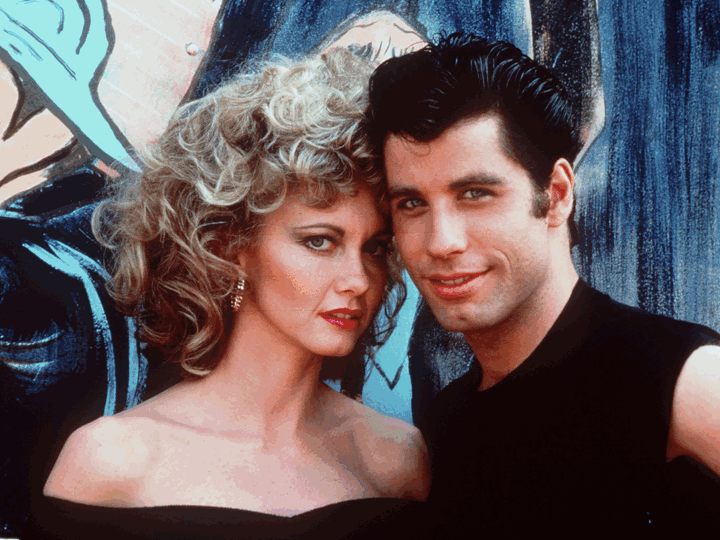NUTS & BOLTS : Window Film Lets You Keep the View
- Share via
If the city of Sausalito had any sense of moral responsibility at all, it would cough up the money to pay for my new couch. After all, that town is responsible for ruining my old one.
All I wanted to do was stare at Sausalito from my living room. It was a lovely sight from where my apartment was perched on the north face of San Francisco’s Telegraph Hill. So, because my second-floor living room had big north-facing windows that overlooked the bay, I decided that the view was more important than curtains. The sun streamed in unimpeded.
And my big, cushy, forest-green couch turned the color of bleached algae.
Which was OK for a while, because everyone who came to visit stared out the windows at the bay and skipped the couch entirely. Actually, they wouldn’t have noticed if the floor had been covered with snakes. The view was that good.
But when I returned to Southern California and set up shop, my view of the local high school was fully sufficient to turn everyone’s attention indoors. And there sat the couch, now the color of an anemic toad.
Sun was supposed to bleach hair, I groused, not furniture and curtains and carpet. Life was unfair. Was this the price you paid for living in a sunny climate and having a view? Why couldn’t the country that invented the greatest pair of sunglasses known to man--the Ray-Ban large aviator model--come up with a way to keep the sun from turning your richly colored living room into pastel hell?
Keep the view. America has triumphed again. There is a process out there that will not only save the furniture, but save energy and the time you’d spend picking up broken glass after junior bends off his first curve ball into the sliding glass door.
Metallic window films have been in fairly common use--particularly in large office buildings--since the Nixon Administration, but according to Don Gorman, the western regional sales manager for Madico Inc., the country’s largest manufacturer of window films, more and more homeowners are starting to use the stuff.
“Our residential market,” he said, “has gotten really huge.”
This has been good news to Brian Freeborn, who is the president of the Industry Foundation of the American Society of Interior Designers, Orange County chapter, and who owns a business in Long Beach called Pro-Tection that installs the film. He said he has found Southern California, particularly along the coast where strong sunlight and glare beat down on houses for much of the year, to be a mother lode.
The film, however, does more than just act as a pair of sunglasses for your house, he said. Among its characteristics:
It reflects light and heat from the outside. Different grades of the film screen out different percentages of heat and ultraviolet light, but you can probably expect to see around 75% of the total solar energy reflected, and more than 96% of the UV light (the type that attacks your furniture). With no film on the glass, less than 20% of the total solar energy is reflected and up to 82% of the UV light gets through. The rule of thumb: the darker the film, the greater the heat reduction inside the house.
It retains heat inside. Just as heat is reflected from the outside, it’s reflected from the inside, too. Madico claims 15% added heat retention in cold weather when film is used on the windows.
It cuts down glare, an advantage if you live on or near water.
It comes in several shades. There is one that’s almost unnoticeable (much like a UV filter on a camera lens) and there are other, darker shades that can be used to accent a room with color.
“You can change the look of the house minimally with colored film or not at all (with lighter film),” said Freeborn.
It protects against shattering. One grade of the film, called Protekt, keeps the glass from flying to shards if it is broken by accident or by storms. If you’ve ever seen a shattered auto windshield--the glass looks like an intricate spider web, but remains in the frame--you get the idea.
It increases privacy. Ever try to see someone’s eyes behind a pair of sunglasses?
Installation, said Freeborn, is painstaking and, depending on the size of the house, can take a couple of days or more. The film, which comes in the form of sheets, must be fixed to the glass with special adhesive so that no bubbles form. The cost, he said, varies considerably with the amount and type of film being used, as well as the shape and accessibility of the windows. A domed skylight, for instance, makes for a tougher job than a simple rectangular first floor window. Most jobs, he said, run into the hundreds of dollars.
Obviously, window films can help cut heating and air-conditioning bills. But, said Gorman, those bills may be cut still further if Southern California Edison decides to offer residential customers rebates if they install the film. There is no plan for such a rebate yet, said Gorman, but a similar rebate program already is in place for Edison’s commercial customers.
A rebate would be nice. In a few hundred years, I could save enough for another couch. And then I could let Sausalito off the hook.
Well, maybe I’d hold them up for a new pair of Ray-Ban aviators.
More to Read
Inside the business of entertainment
The Wide Shot brings you news, analysis and insights on everything from streaming wars to production — and what it all means for the future.
You may occasionally receive promotional content from the Los Angeles Times.










